
Code Architects designs software applications for real-time monitoring of a plant, in line with Industry 4.0 directives, going from the control of individual machines up to the full implementation of SCADA (Supervisory Control and Data Acquisition) systems, capable of submitting processing recipes that involve multiple machines.
Thanks to the adoption of Web technologies, Code Architects implements custom dashboards that can be accessed from any operating system and device (computer, tablet, smartphone). It is also possible to log in remotely, without having to install any application and with automatic centralized updating to the latest version.
Code Architects also creates custom real-time MES monitoring systems for production management, traceability of raw materials, control of operations in progress, already completed or to be carried out yet, location of goods and implementation of batch policies. We can adopt open-source technologies that offer huge advantages in terms of ease of installation and cost savings.









